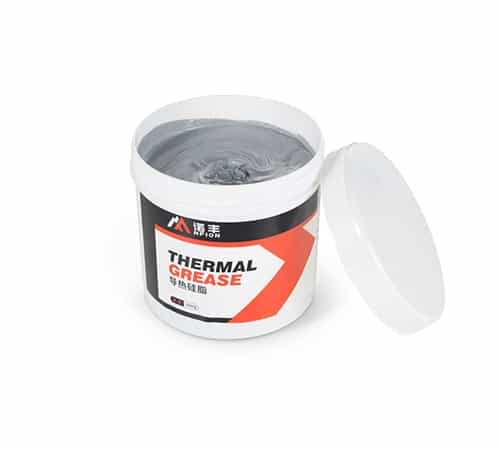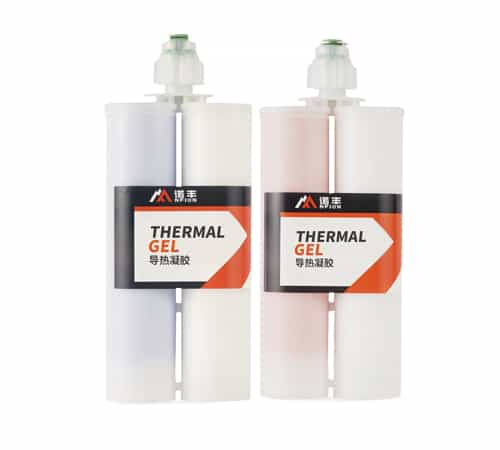
The application of thermally conductive silicone pads in semiconductor thermal management is increasingly widespread, thanks to their excellent thermal conductivity and user-friendly attributes. Thermal management is a critical aspect in the semiconductor industry, as semiconductor devices generate substantial amounts of heat during operation. If this heat is not dissipated promptly and effectively, it can lead to performance degradation or even damage to the devices. Thus, the use of thermally conductive silicone pads becomes highly significant.
As a vital thermal management material, thermally conductive silicone pads play a crucial role in semiconductor thermal management, with applications primarily encompassing the following aspects:
Semiconductor devices such as CPUs, GPUs, ASICs, FPGAs, and power semiconductors generate considerable heat during operation. To efficiently transfer this heat from the device surface to cooling apparatuses like heatsinks, heat spreaders, or heat pipes, a good thermal contact must be established between the device and the cooling system. However, due to factors like surface roughness, micro-gaps, and manufacturing tolerances, air gaps often exist between them, increasing thermal resistance and impairing cooling efficiency. Thermally conductive silicone pads, with their soft and compressible nature, can fill these gaps, creating effective thermal conduction pathways, significantly reducing interface thermal resistance, and enhancing heat transfer efficiency.
2.Adaptability to complex shapes and dynamic stress:
Semiconductor packaging and system designs are becoming increasingly compact and intricate, potentially incorporating irregular surfaces or multiple heat sources. Thermally conductive silicone pads possess excellent flexibility, allowing them to easily conform to various complex three-dimensional surfaces, ensuring uniform heat transfer across the entire contact area. Moreover, silicone pads can absorb and mitigate stress caused by thermal expansion, mechanical vibrations, or during equipment transportation and installation, protecting sensitive semiconductor components from damage while maintaining stable thermal contact.
3.Electrical insulation properties:
In many semiconductor applications, maintaining electrical insulation is paramount. Thermally conductive silicone pads not only exhibit superior thermal conductivity but also offer excellent electrical insulation, enabling efficient heat dissipation while preventing short-circuit risks, ensuring the safe operation of the equipment.
4.Environmental adaptability and reliability:
Semiconductor devices may encounter harsh operating environments, including temperature cycling, humidity fluctuations, and chemical corrosion. Thermally conductive silicone pads typically feature a wide operating temperature range, good weather resistance, anti-aging properties, and resistance to various chemicals, enabling them to maintain stable performance over extended service periods and adapt to demanding thermal management requirements in harsh environments.
5.Process compatibility and ease of use:
Thermally conductive silicone pads are commonly supplied in pre-cut pads, making them convenient to trim according to actual size requirements. During installation, they merely require cleaning the surfaces to be bonded and applying gentle pressure; no additional curing or heating treatments are needed, greatly simplifying production processes and repair procedures. Furthermore, certain thermally conductive silicone pad products can be customized for parameters such as thickness, hardness, and tackiness, catering to specific process requirements or enhancing the convenience of automated assembly.
In summary, thermally conductive silicone pads, with their outstanding thermal conductivity, electrical insulation, adaptability, and user-friendliness, are widely employed in semiconductor thermal management. Serving as a key thermal interface material, they effectively address the challenges of heat transfer between semiconductor devices and cooling systems, ensuring the stable operation and prolonged lifespan of electronic equipment.

 CN >
CN >



